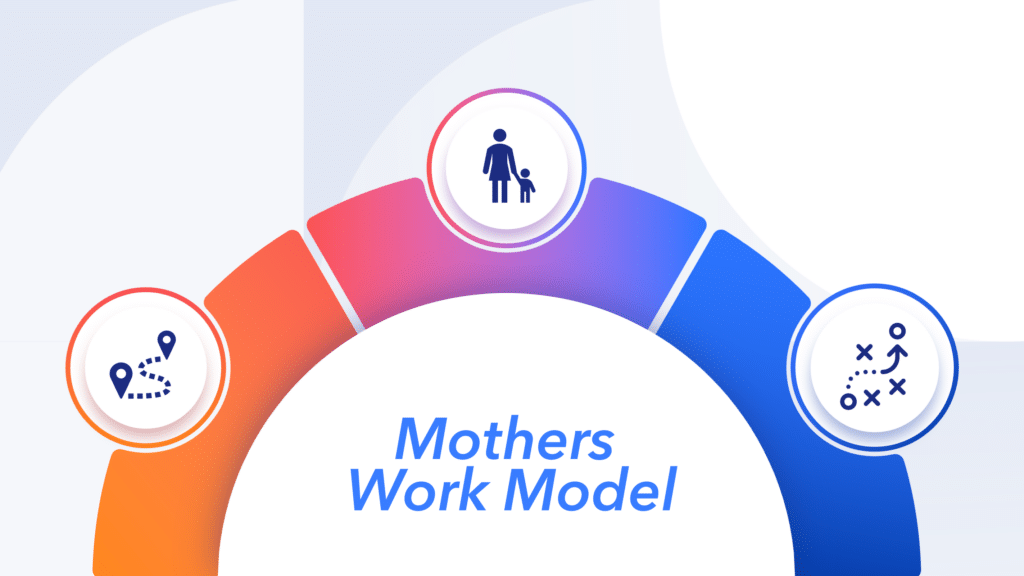This is the first of a three-part series where I’ll share my perspectives on the current state of collaboration between Services Firms and SaaS, which I find to be surprisingly limited with substantial untapped value for partners and customers.
The Services and SaaS markets are massive
The average company uses 137 SaaS products, and it’s safe to say that the Services and SaaS markets are massive. The SaaS industry is expected to reach a value of $171.8 Billion in 2022. On the flip side, the Consulting industry is no drop in the bucket either, estimated at 132 Billion dollars. Those are both incredible numbers. With two massive markets in mind, how can we design better, higher-order partnerships between Services (Consulting / Agencies / Systems Integrators) and SaaS and ultimately add more value for our customers?
Fundamentally, we’re trying to establish more cohesion between two polar opposite business models. On one side, the SaaS landscape is highly distributed and decentralized. The average company uses 137 SaaS products, and there is at times 30% churn year-over-year.
Product Strategy within SaaS creates value for customers by specializing in solving a specific problem, typically a horizontal or vertical-focused use case. The ability to incorporate feedback through learning loops and market research into product development becomes a competitive advantage for the product. This pairs well with cost reduction through economies of scale, streamlined purchasing, and the beauty of network effects cultivated through influence and community management.
On the other side, the Services and Consulting industry tends to take a distinctly high-touch, case-by-case approach to solving problems for their customers. While repeatability and streamlined operations are critical, the reality is that most Services Firms are best at assessing the unique circumstances that each of their customers finds themselves in, defining a plan, and building a solution to address the need.
With such vastly different models generating so much value for themselves, it is my firm belief that we are only at the beginning of a significant shift in best practices for how these two organizational archetypes work together. I’d be remiss not to mention the strategies in play across massive ecosystem players like Salesforce, Microsoft, and AWS. There is plenty to discuss around how these global companies grew their ecosystems, but we’ll save that for another series. I am more focused on the more pure-play SaaS market (sometimes called ISVs or product-led), where there is an opportunity to deploy more sophisticated partnership practices earlier in the lifecycle.
What types of partnership practices do we see today?
Today, the data shows that SaaS companies over-index on building referral channels out of all partners, not just Services Firms. Crossbeam’s 2020 State of the Partner Ecosystem Report indicates that 88% of organizations leverage a percentage of the sale as an incentive, followed by 41% offering discounts on their product.

My experiences, for the most part, mirror this as well. In their simplest form, conversations are typically something like, “If you’re willing to introduce me to your clients and we close a deal together, I’ll give you a slice of my subscription for the first year.”
This isn’t necessarily a bad thing for all organizations. Mobilizing a referral army and opening distribution channels to drive top-of-funnel demand is undoubtedly critical in many scenarios, which makes none of this unexpected or unreasonable. However, in most cases, a referral incentive is unfortunately not a very compelling offer and won’t gain traction with most Services Firms. This is because Services Firms are preoccupied with their own primary revenue streams and maintaining client trust. Most prospective partners in this segment simply don’t see enough value in the incentives. The cost of participation outweighs the benefits, or feel that a referral incentive represents a conflict of interest. The problem is exacerbated when Software / SaaS organizations look at Services partners to fill their pipeline but have not truly established a solid product-market fit through their direct sales teams.
Overlooked Services partnerships are particularly a weakness for SaaS companies selling complex solutions. Things like APIs, new domain-specific languages, altered processes, and consumption-based billing/cost management quickly become an adoption and change management hurdle for end customers. This is the subset of what we call “High Growth / High Solution Complexity” SaaS companies, where we see the most opportunity to evolve past simplistic referral paradigms to truly provide the Services that end-customers demand.

Examining the dichotomy
We need to understand this Services / SaaS dichotomy more deeply. Throughout a series of articles, we’ll examine the tensions between the SaaS business model versus Services models. We’ll dig into unexplored synergies and address fundamental tensions to better align success. Ultimately, we’ll challenge established roles, accountabilities, organizational structures, processes, and incentives to re-design a better approach.
Shaping the future of partnerships
The reality is that healthy partner ecosystems contain a variety of partners and accommodate different business models with competing priorities. Particularly in the context above, partnerships have a significant opportunity to elevate beyond the traditional referral paradigms led by the sales organization. We firmly believe that the future of partnerships spans all of Enterprise Architecture. It is anchored in not just the Sales pipeline or even the Customer Journey but also core value streams that overlay the Product Lifecycle, Human Capital Management, Vendor and Supplier Management, etc.
Next Up:
Part 2: The Dichotomy Between Services and Saas
Part 3: Building a Better Model for Collaboration

















